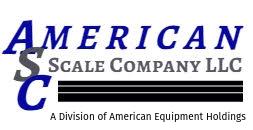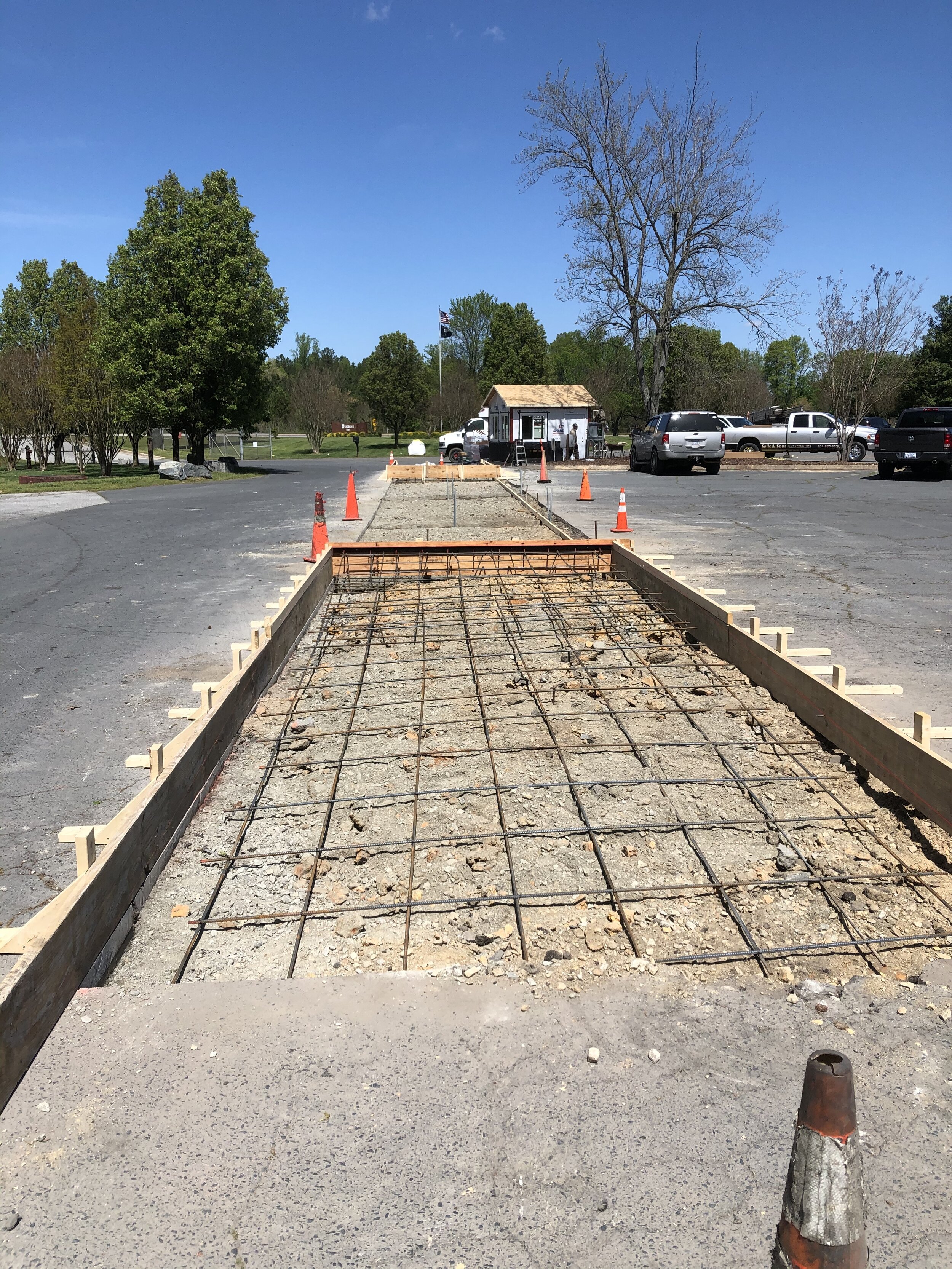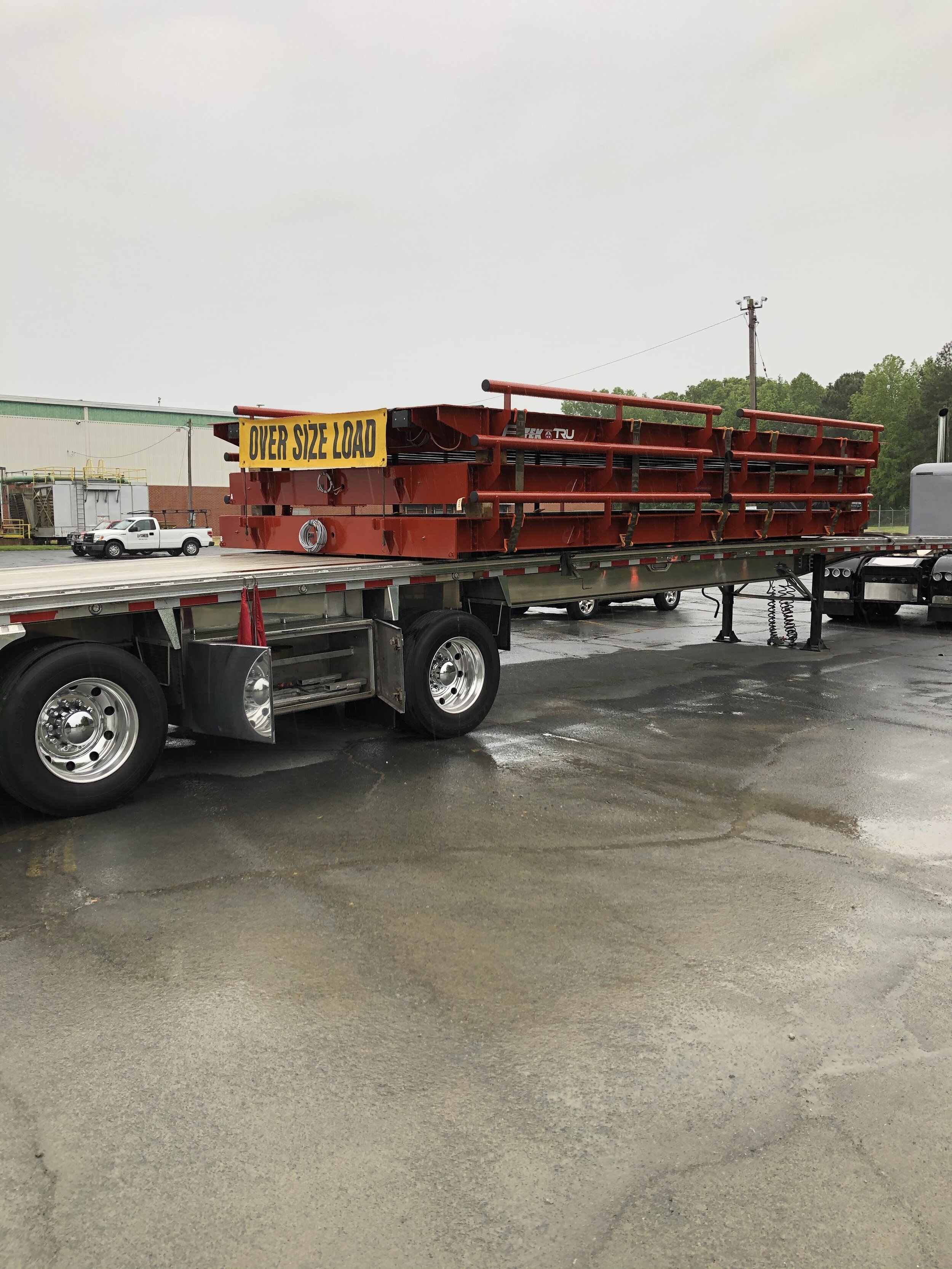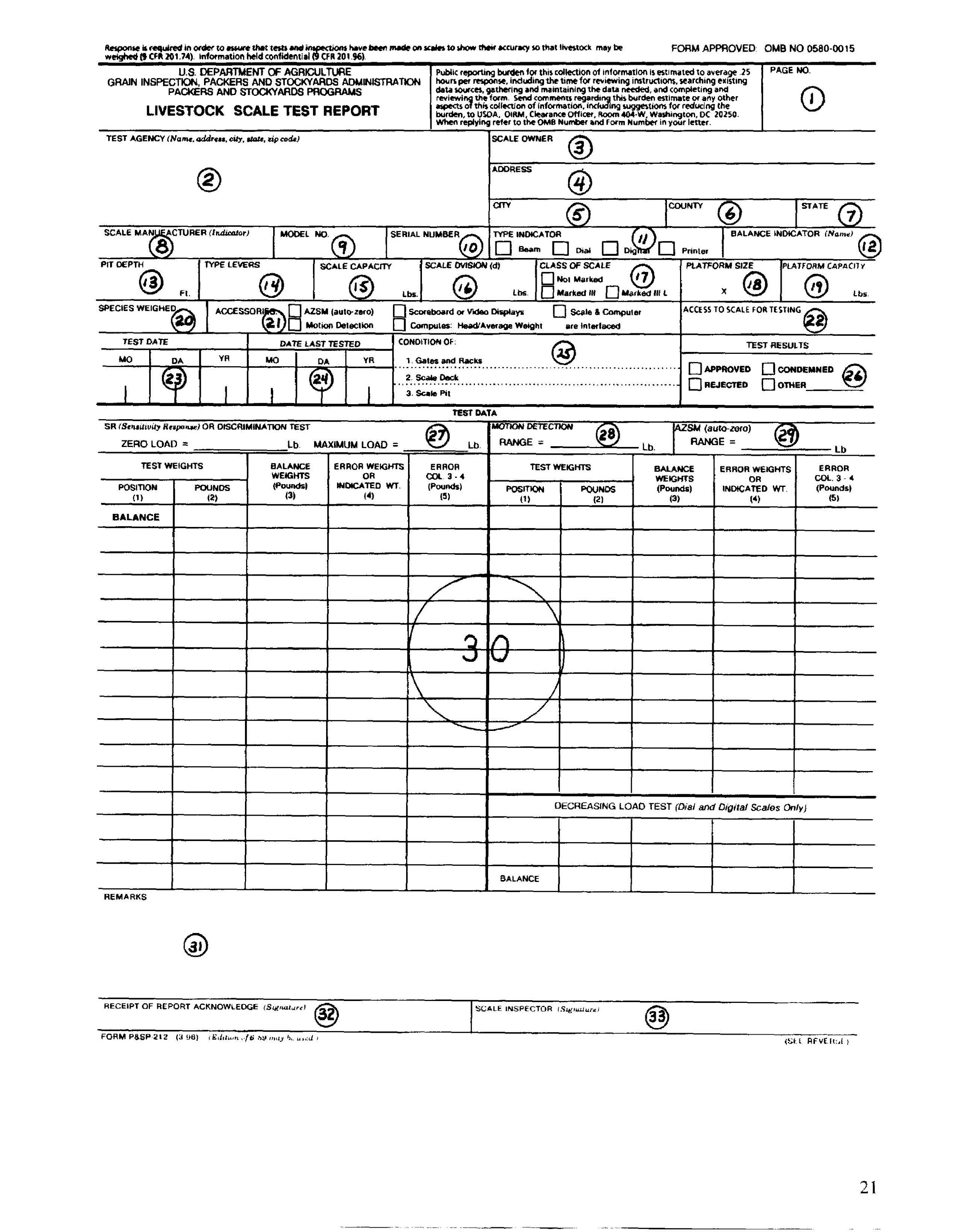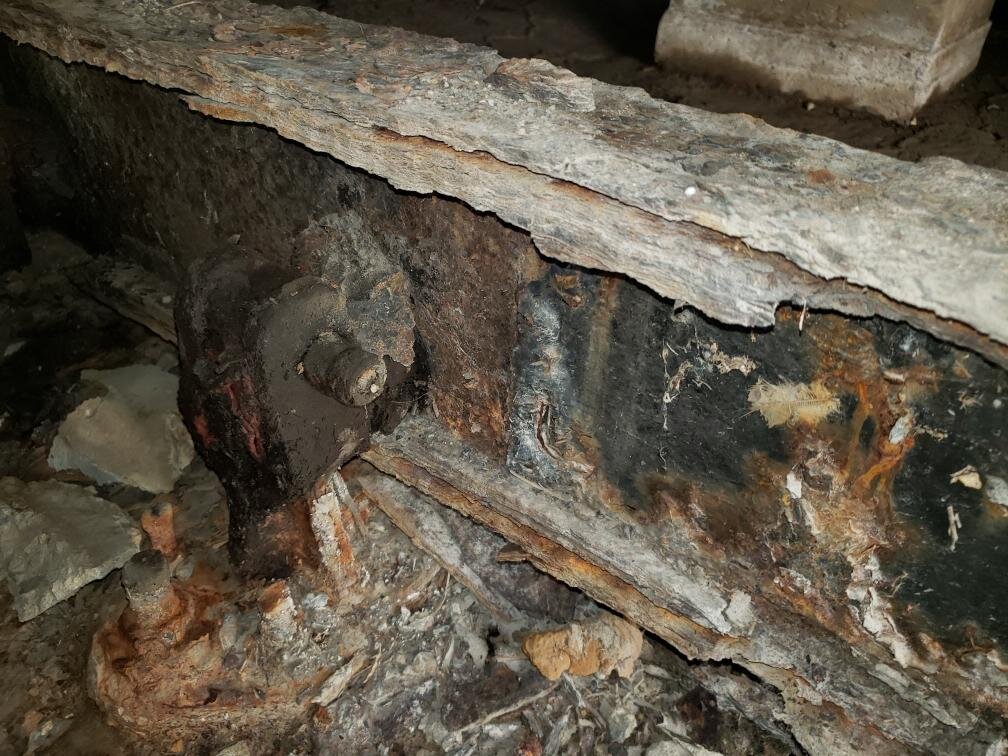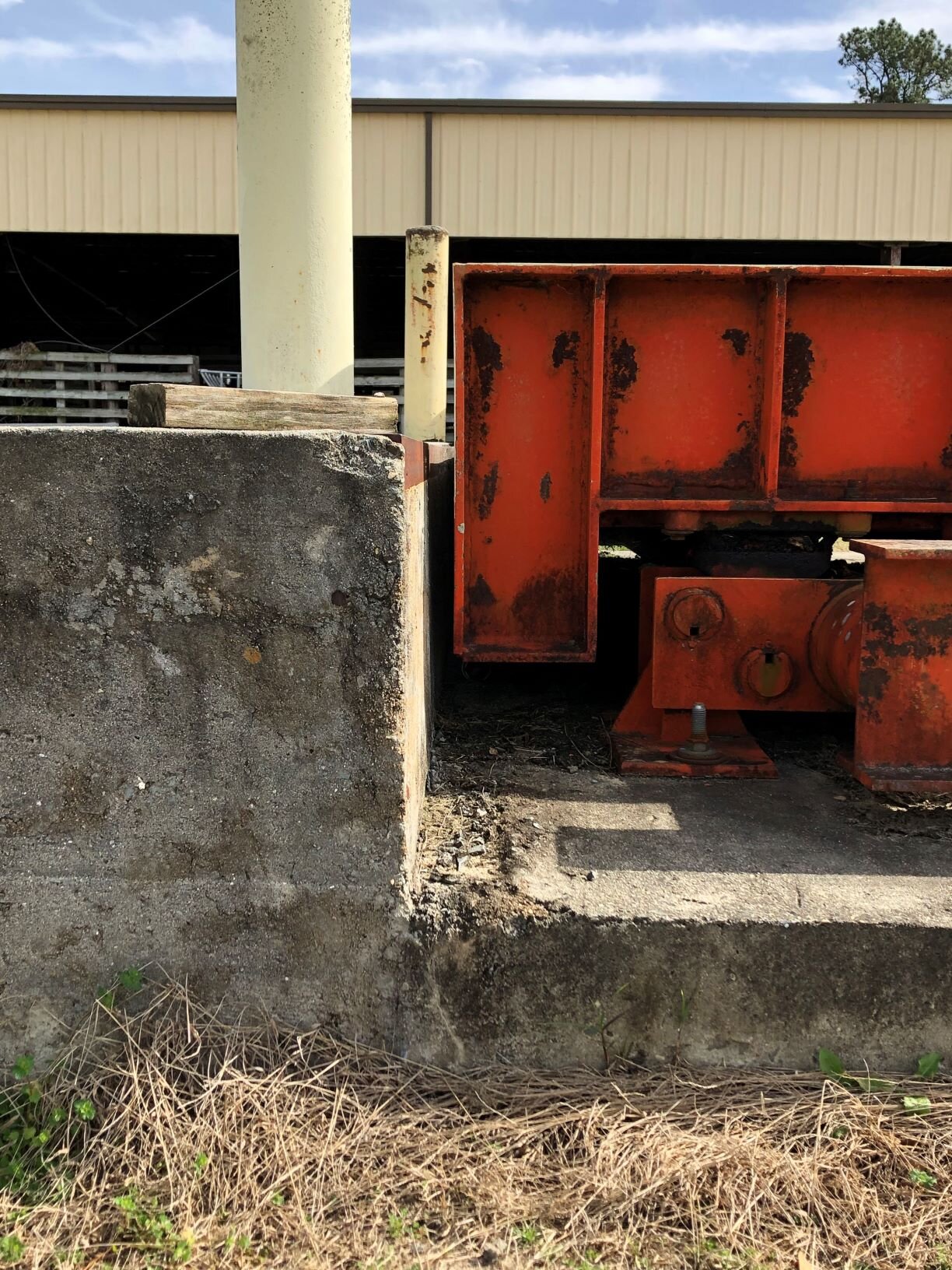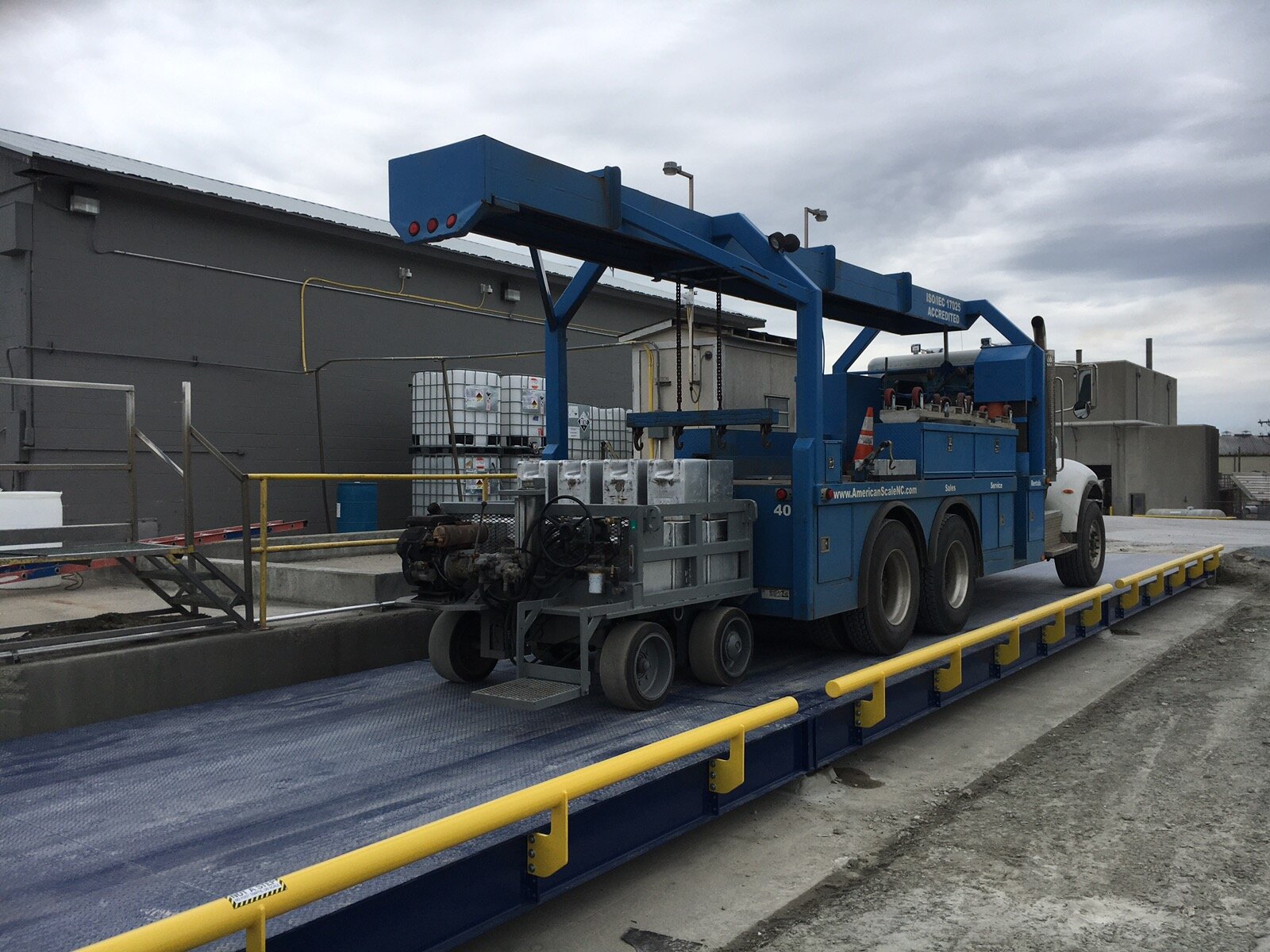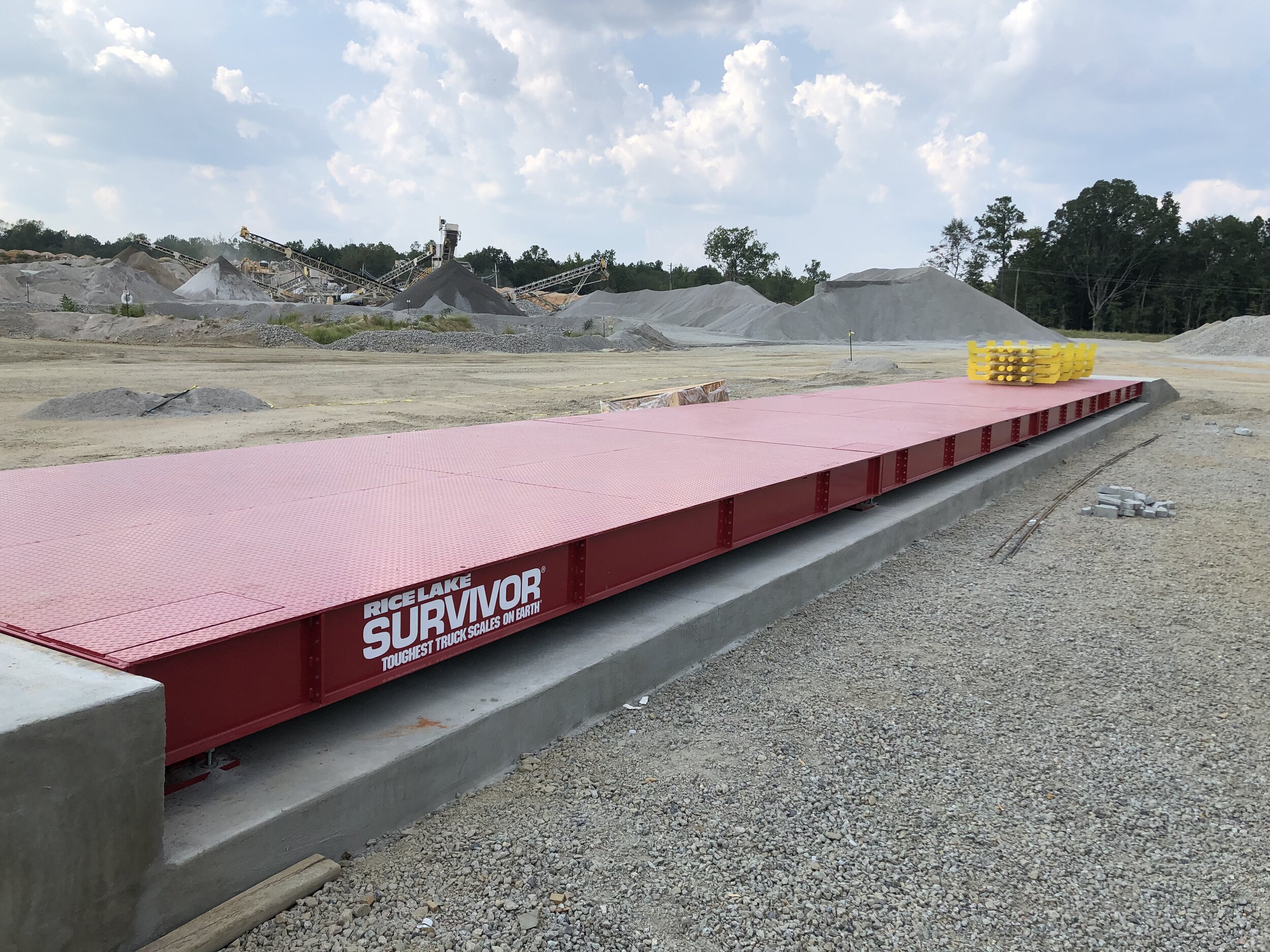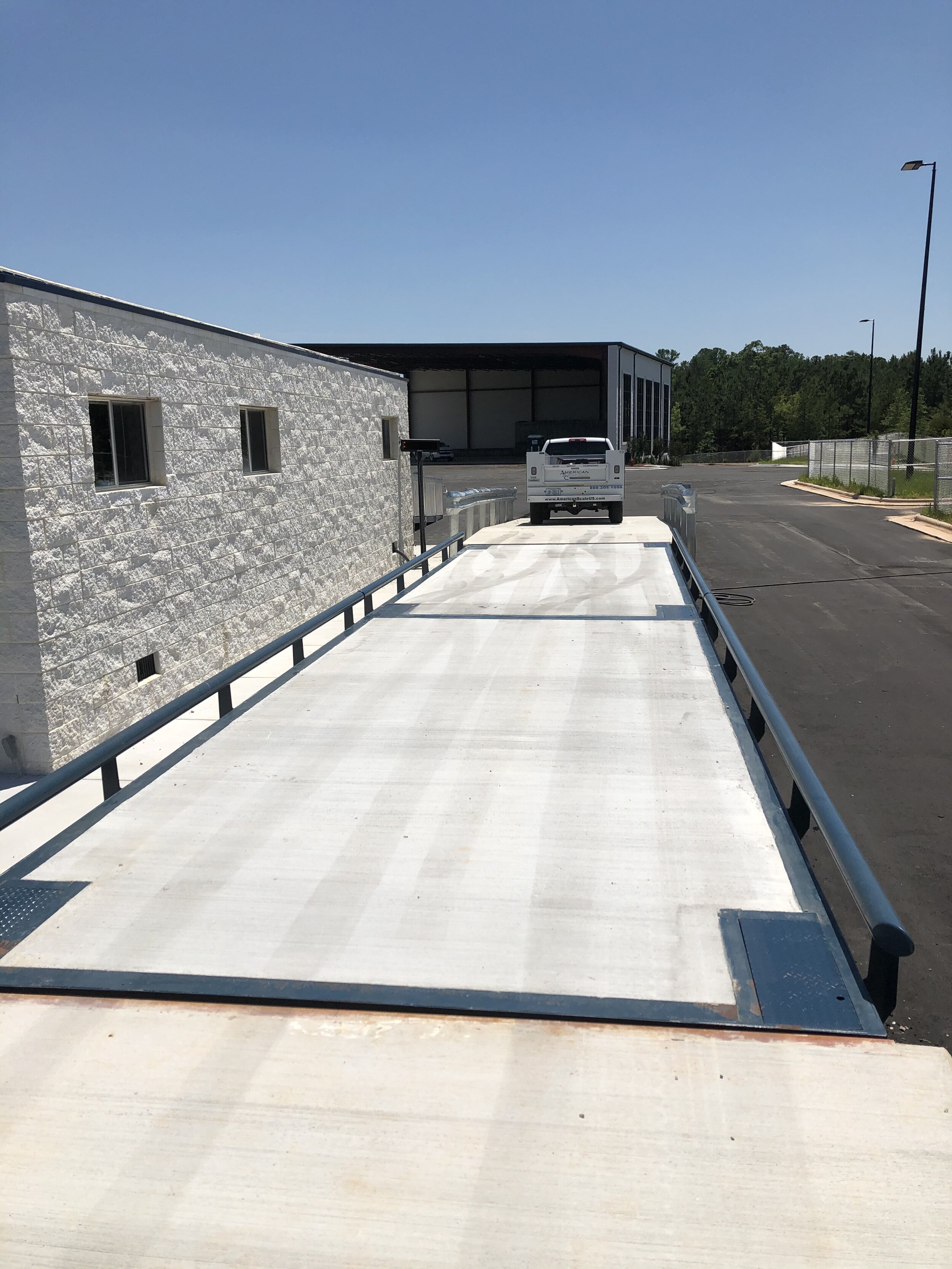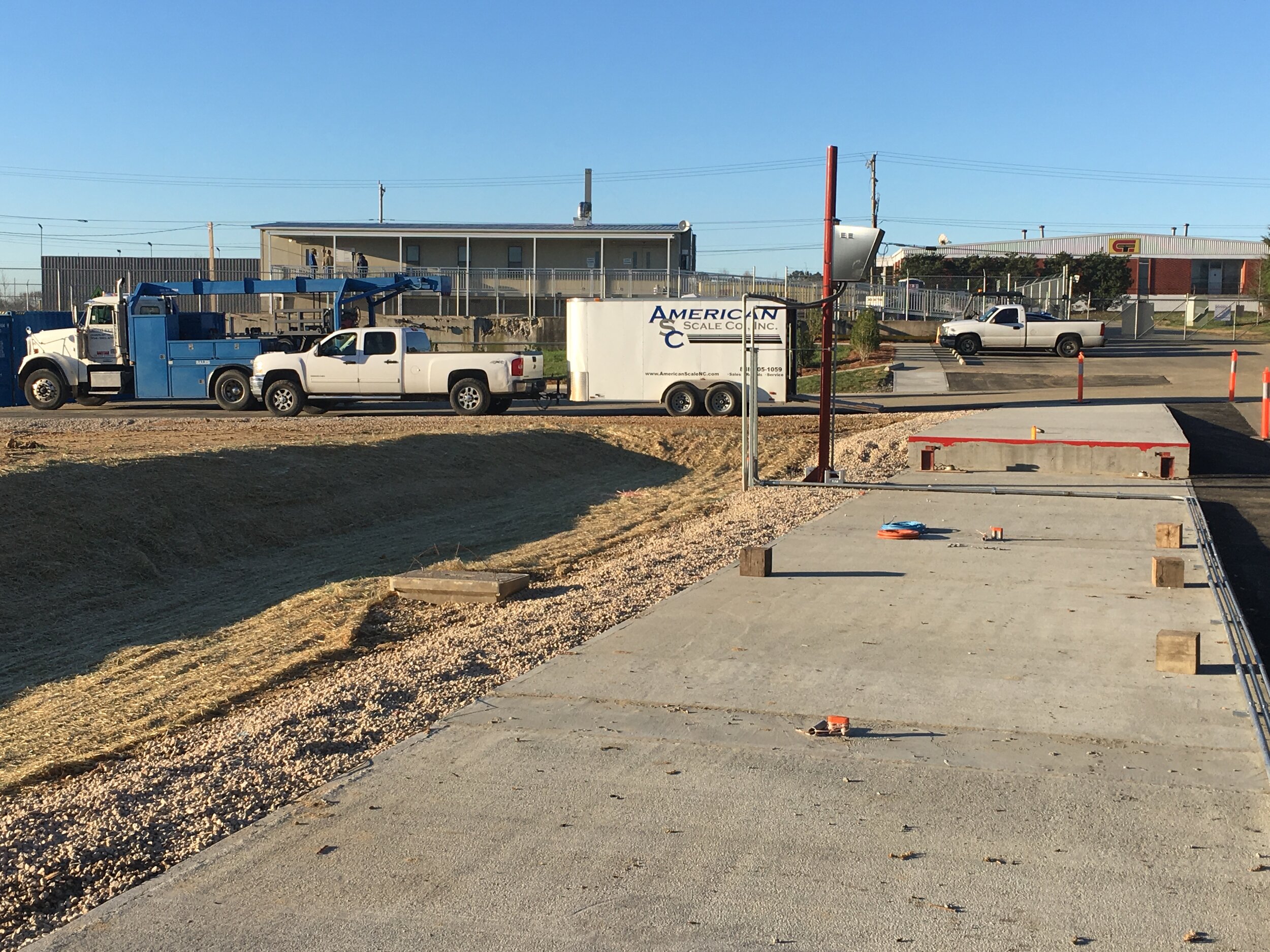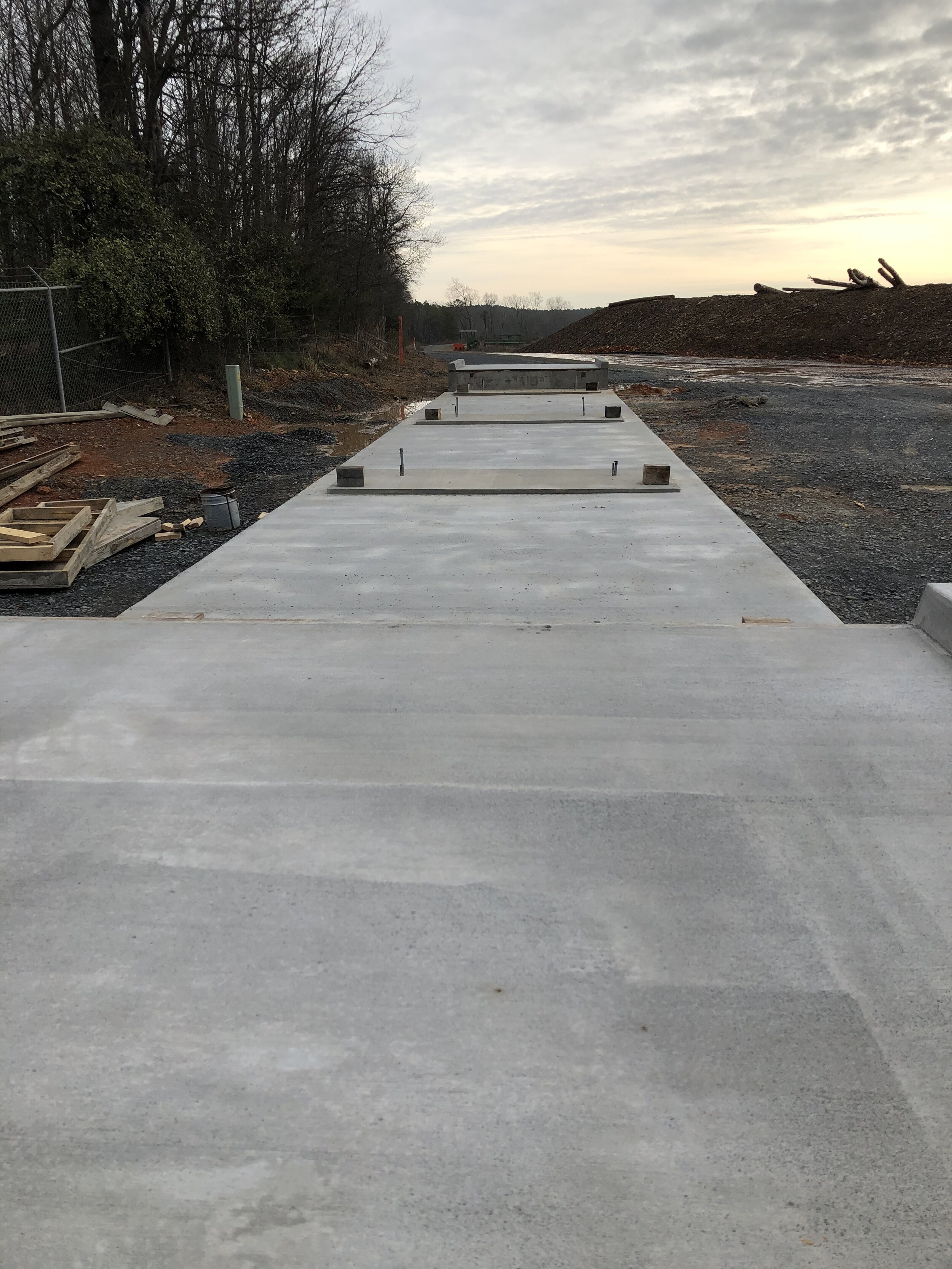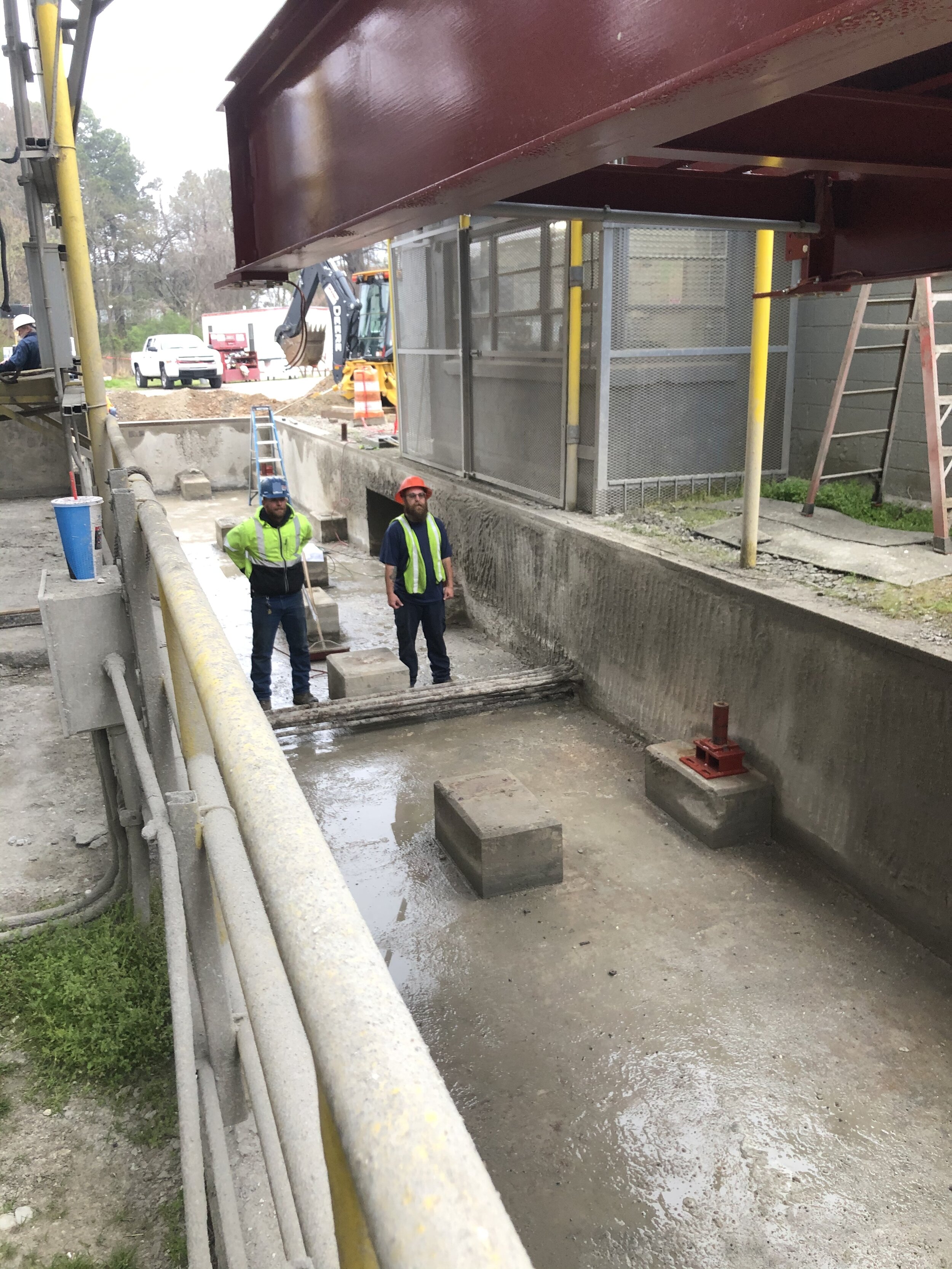A common question we often get is how long will a new truck scale take to install. Just like many other components of a truck scale project, it really depends. In general a new steel deck truck scale with foundation will take around 7 days, while a new concrete deck truck scale and foundation will take closer to 3 weeks. However, if you are replacing an existing truck scale and reusing the foundation, a new truck scale can be installed in 1 day.
So what drives the length of a truck scale installation projects?
Deck Type:
Steel deck truck scales can be installed in one day or less by an experienced scale installation company. This is because unlike a concrete deck the steel deck scale is ready to use as soon as it is calibrated. A concrete deck scale; however, will require at least 2 weeks after the scale deck has the concrete poured on-site to cure. If you don’t let the concrete deck cure all the way it will risk cracking and cause major structural issues for years to come. Bottom-line concrete deck truck scales take longer to install then steel deck truck scales. Learn More About Truck Scale Deck Types.
Foundation Type:
The type of foundation will also determine the length of the project. Standard above ground foundations can be formed and poured in 2-3 days. They will also require some cure time. A pit foundation requires significantly more work; this means it will take closer to 4-5 days to form and pour. There are ways to shorten these time lines. In projects where it is crucial to minimize downtime we can often pour a high-early concrete mix. This mix will cure much faster than the standard mix although it does cost more because of the concrete additives that have to be used. Bottom-line, pit style foundations take longer to install then above-ground truck scale foundations. Learn More About Truck Scale Foundation Types.
Other Site Considerations
The final item that determines the length of a truck scale installation project is whether all the secondary connections are ready and in place. By this we mean have you had electrical power run to the scale location, is the conduit run from the scale to the scale-house, is the PLC/HMI setup and ready to accept the new scale data, etc. Bottom-line these are all the ankle-biters at the end of project that tend to take much longer than anticipated. The key here is to have a clear game plan of who is responsible for what; meaning what is the scale company responsible for and what are you responsible for. Bottom-line, plan ahead and these tasks wont extend your project timeline, don’t plan ahead and they may become the longest portion of your truck scale installation project.
